Chatel, H. et als.
Journal of Plastic, Reconstructive & Aesthetic Surgery, 2016-05-01, Volúmen 69, Número 5, Pages 700-705
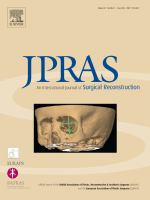 Persistent postsurgical pain (PPP) has been reported by patients following various surgeries. Body contouring procedures are being performed more frequently, but no data are available regarding the effects of these procedures. Long-term disability occurring after performing “functional” procedures on healthy subjects is a particular concern. The aim of this study was to describe the risk factors, prevalence, characteristics, and effects of persistent pain after body contouring procedures.
Persistent postsurgical pain (PPP) has been reported by patients following various surgeries. Body contouring procedures are being performed more frequently, but no data are available regarding the effects of these procedures. Long-term disability occurring after performing “functional” procedures on healthy subjects is a particular concern. The aim of this study was to describe the risk factors, prevalence, characteristics, and effects of persistent pain after body contouring procedures.
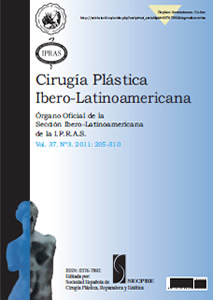
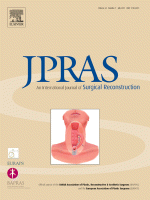 Late haematomas and seromas (≥4 months postoperatively) in breasts with silicone prosthesis have been reported. Since 2001, there have only four patients with such delayed complication visiting our hospitals. The purpose of this literature review and our case presentation is to have more understanding about the clinical symptoms, surgical managements and relationship with implants for this late complication.
Late haematomas and seromas (≥4 months postoperatively) in breasts with silicone prosthesis have been reported. Since 2001, there have only four patients with such delayed complication visiting our hospitals. The purpose of this literature review and our case presentation is to have more understanding about the clinical symptoms, surgical managements and relationship with implants for this late complication.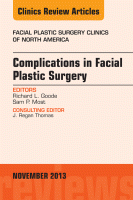 Rhytidectomy remains a challenging surgical procedure for even the most experienced aesthetic plastic surgeons. The challenges are compounded by complications that are inherent to this procedure and place added pressure on the doctor-patient relationship. Expectations for both parties are high and the margin for error nil. This article presents a personal approach to the avoidance and management of complications associated with facelift surgery. It presents the author’s personal approach as a plastic surgeon in the practice of aesthetic plastic surgery over the past 25 years. Clinical pearls are provided to obtain optimum results in rhytidectomy and limit associated sequelae.
Rhytidectomy remains a challenging surgical procedure for even the most experienced aesthetic plastic surgeons. The challenges are compounded by complications that are inherent to this procedure and place added pressure on the doctor-patient relationship. Expectations for both parties are high and the margin for error nil. This article presents a personal approach to the avoidance and management of complications associated with facelift surgery. It presents the author’s personal approach as a plastic surgeon in the practice of aesthetic plastic surgery over the past 25 years. Clinical pearls are provided to obtain optimum results in rhytidectomy and limit associated sequelae.
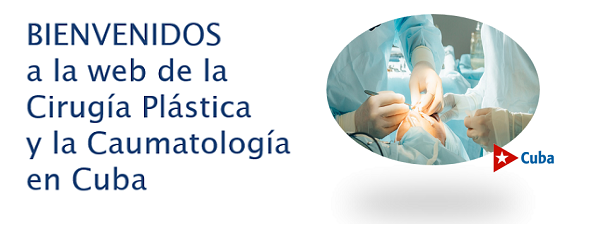
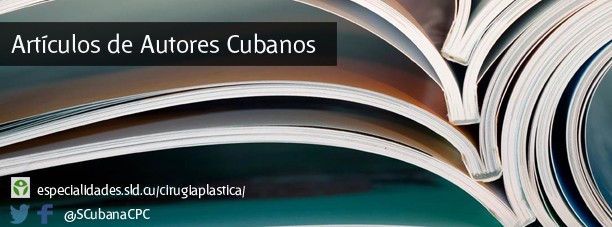
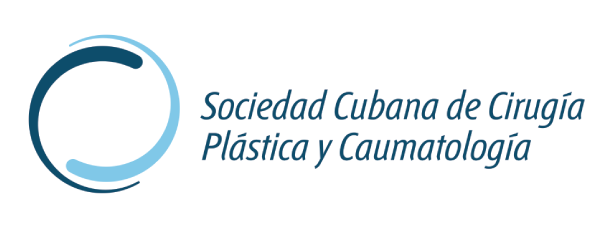

 Sitio web publicado el
Sitio web publicado el
Los lectores comentan